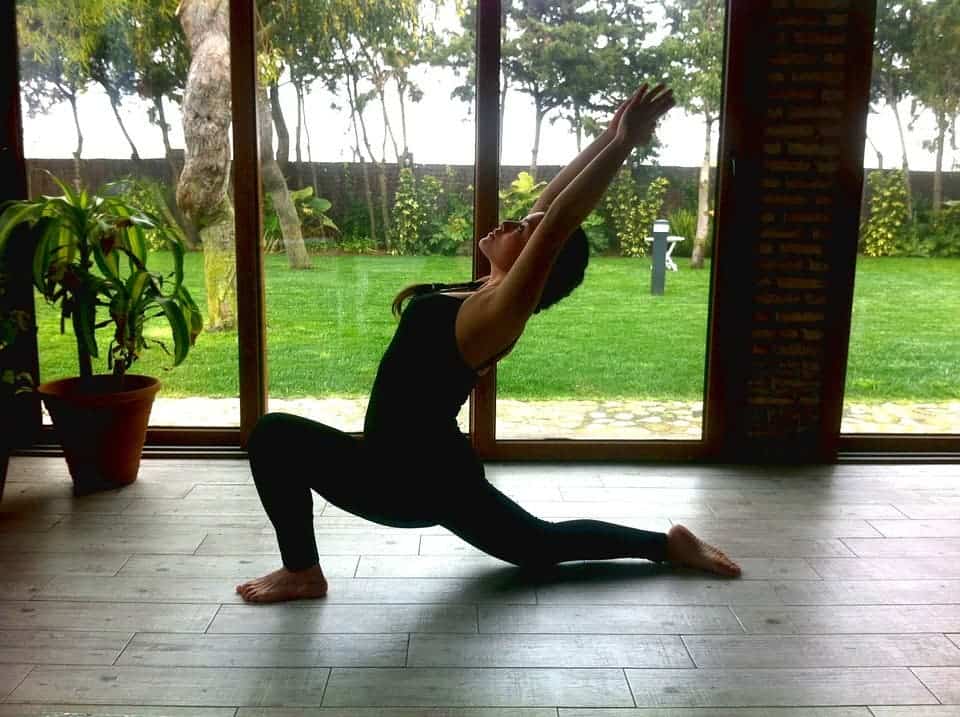Your menstrual woes might be significantly eased through yoga, a new study find. The authors, who reviewed 15 studies on the matter, report that in all studies participants reported an improvement an improvement of symptoms — especially pain.
Dysmenorrhea is the most common menstrual disorder — it’s basically pain during menstruation. Symptoms typically last less than three days, but that’s three days every month, so you’re spending ten percent of your days in pain, which is often associated with back pain, diarrhea, or nausea. We don’t know exactly how many women suffer from dysmenorrhea, with estimates ranging from 20% to 90% of women of reproductive age.
Unfortunately, options for treatment are limited and don’t always help (often times, they are just painkillers), so scientists are looking for other options. There has been some indication that yoga might help with the severity and incidence of painful symptoms, but evidence is generally regarded as insufficient. With that in mind, a team of British researchers set out to explore the existing published data on yoga and menstrual pain.
They ended up with 15 studies which met their criteria and found that in all of them yoga is associated with an improvement. No matter how often and what kind of yoga was practiced, participants reported less pain and an overall better health. Enhanced mood, wellbeing, and a heightened relaxation response were among the improved outcomes reported by women who participated in a yoga intervention — no matter the type.
“The authors of these studies suggest that yoga works on the autonomic stress response and also on how pain is experienced and interpreted, perhaps by stimulating the release of the body’s natural painkillers,” says review author Jennifer Oates, a lecturer in mental health nursing at King’s College London.
At this moment, Oates and her colleagues believe there is enough evidence to warrant giving yoga a try. It may or may not work for you, but if you do decide to try it out, give it more than just an off chance.
“I would recommend attending more than one class before deciding it did or didn’t work,” she says.
Although the 15 studies were quite different from one another (which poses significant limitations to any such review) authors state that it is highly telling that all studies reported some kind of improvement. In the future, researchers want to test which type of yoga works best, and they hope to see more studies in which women undergo yoga sessions “that are a bit more typical of the average busy woman, maybe one or two classes a week” — many of the analyzed studies were not representative in this sense.
So, if you do decide do try some yoga to improve menstrual pain, how should you go about it? As Oates mentioned, it’s important to understand that this is a long-term process rather than something you try out once or twice. It’s also important to stick to yoga throughout the cycle, not just during the period (which might be impossible due to the pain anyway). It’s also recommended to start with something light, a type of yoga which incorporates breathing and relaxation techniques in addition to poses. Shying away from complicated poses, especially in the beginning, is absolutely fine. It’s not a contest on who can do the most position, it’s something that should help you feel better and happier.
More research is definitely still needed, but so far, results are promising. The study concludes:
“Further research on the relationship between yoga practice and menstrual disorders is warranted, but there must be both consistency in the methods, measures, and quality of studies and a shift toward research on yoga practices that are replicable outside of the clinical trial setting.”
The article is available free on The Journal of Alternative and Complementary Medicine website until May 26, 2017.










